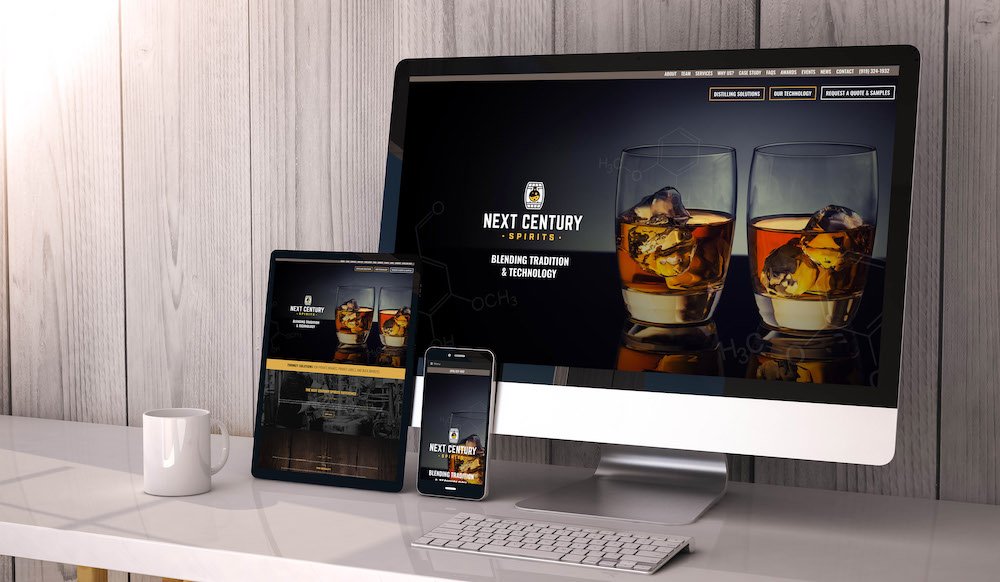You know video is important in today’s environment, but what type of video should you…
Top Trends in Marketing and Advertising Budgets

When we meet for regular planning sessions with our marketing consulting clients, our job is to provide objective input on the strategies, channels and leverage points we believe are right for each company. Our goal is always to lead with what we believe will give a client the most bang for their buck as they work toward their goals…but over the past four to five years, “survival-focus” has been the goal more often than “growth-focus”—and that has a BIG impact on the marketing and advertising plan.
Thankfully, the pendulum has swung back, and we’re seeing a renewed dedication to some positive changes—coupled with some remarkable reversals in revenue trends:
#1: Planning for a percentage of projected revenues to invest in marketing: Clients are doing this more, rather than parceling dollars out in small lots. As a result, they’re able to take advantage of frequency and volume discounts, and increase visibility and that all-important driver: momentum! It also encourages #2, below. They’re still cautiously responding to changing environments, but their response is often driven by a desire to grab share by delivering innovative solutions and excellent customer service vs. cost-cutting alone. On average, clients are investing 2-5% of projected revenues in marketing, which is a few percentage points UP over recent years.
#2: Coordinated multi-channel efforts are growing in scale, with clients using multiple channels in sequenced campaigns to engage with target audiences. Peak channels:
- email marketing
- direct mail
- blogging
- print advertising
- websites focused on driving action
- sales tool
Social media is often in the mix as a way to open a virtual door for customers and prospects to peek through. Among our client base, it’s typically being run in-house by one or more client staffers who enjoy keeping their fingers on the day-to-day pulse, and is supplementing existing customer-service channels.
#3: Matching sales funnels to customers’ sales cycles: More clients are giving thought to how to implement this change from the heavily discount-driven, bang-‘em-over-the-head marketing programs many clients were asking for in recent years. Clients are listening more deeply to their customers (and prospects), and acting on what they learn. This is good for everyone!
#4: SEO (Search Engine Optimization), action-driving websites and landing pages, and mobile web tools (mobile-friendly websites or apps) are replacing directories and some pay per click (PPC). These vehicles are helping reduce the cost per acquired customer. That’s because when the customer/prospect gets the right information (and enough of it) in their consideration and research stages, the odds are higher that when they do call, they’ll be a good match for the company, and/or sales and customer service people will need to invest less time in pursuing weak leads or educating the good ones. As for PPC: test, test, test. It’s winning for some and disastrous for others; there are some clear factors that can improve the odds, but testing is key. Last but not least, from what we’re seeing, the “yellow pages” and other online/offline directories—except perhaps in niche markets–are nearly out of the game.
So that’s what we’re seeing as far as top trends in marketing and advertising budgets go, and the strategies that are driving them. After the many successes our clients have seen in 2018, we’re very excited about what 2019 can bring!
For more information about how The Marketing Machine can help you plan an effective 2019 marketing strategy, please contact us today.


